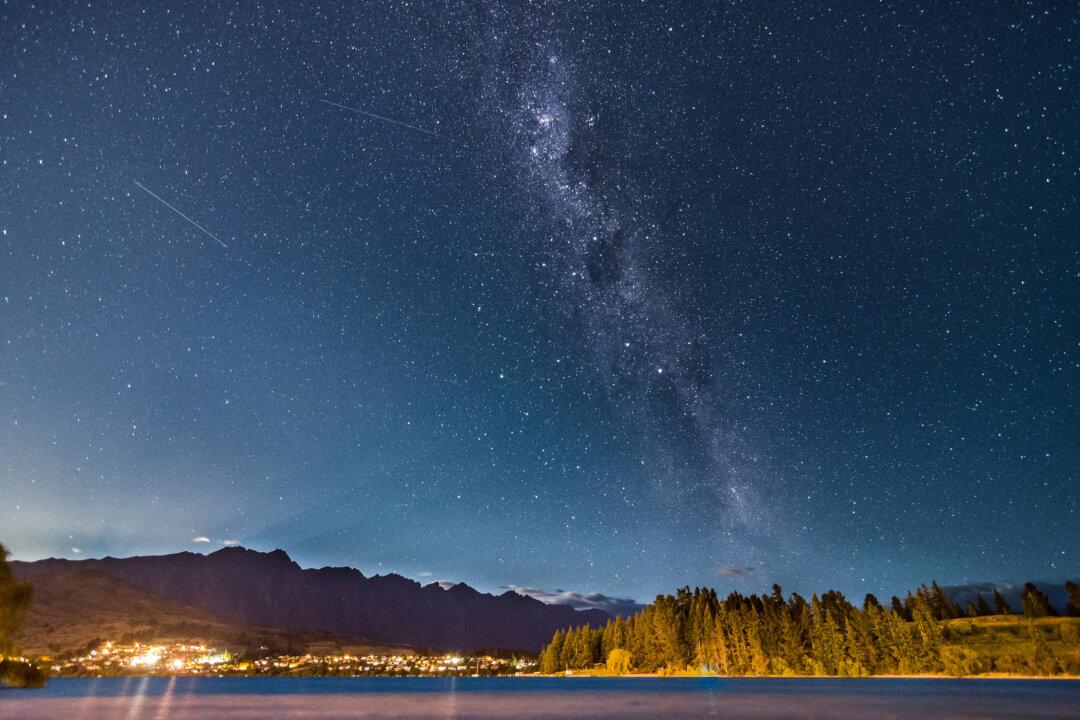Microscopic dust particles found in material from a meteorite may have come from an stellar explosion that occurred long before the creation of our sun.
Scientists think the particles, known as pre-solar grains, came from an explosion about five billion years ago on the surface of a small star that is part of a binary system—two stars orbiting each other.
When stars die, they spew out material in the form of dust and gas, which then gets recycled into future generations of stars and planets.
, Michigan State University

